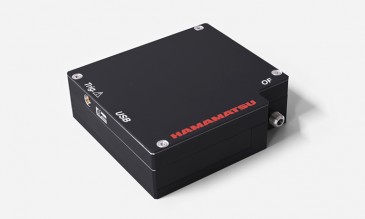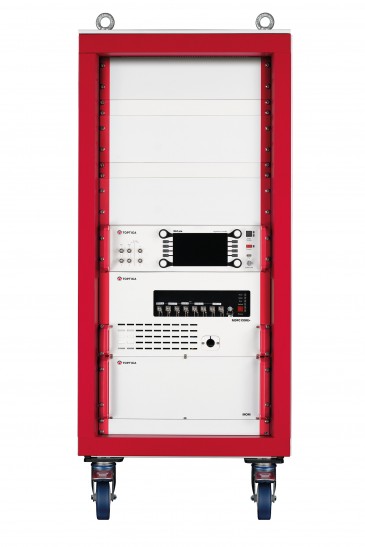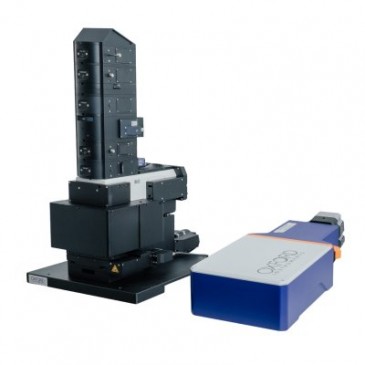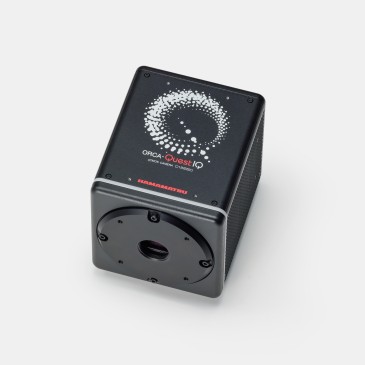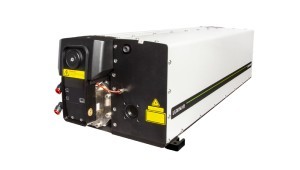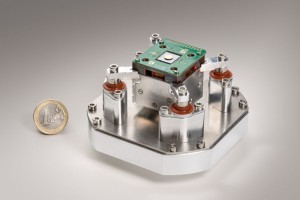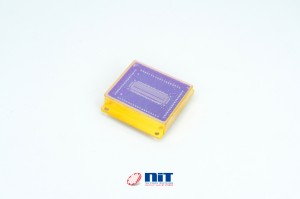
Cybersecurity data visualization can help businesses reduce incident response times, improve threat detection and strengthen employee security readiness. Displaying security information visually makes comprehending and highlighting key trends, connections and outlying data points easier. What benefits can businesses gain by using it?
1. Provide data clarification and organization
Clarification and organization of complex data are among the top benefits of cybersecurity data visualization. The more information a business has on its security and network, the more optimized its security strategy can be. However, large, complex data sets are difficult to manage and analyze. Data visualization provides a simple way to view key takeaways.
Security teams can use data visualization to quickly identify trends or highlights, even without the help of AI. For example, a node-link diagram, also called a network map, might reveal a department where many security incidents are concentrated. They show relationships and connections between points in complex data sets. The initial takeaways from one of these diagrams can give security teams a starting point for strategy changes and optimization.
Using cybersecurity data visualization to categorize and label information can also help develop security AI. Labeled data sets are often helpful for training machine learning algorithms, particularly supervised models.
2. Reveal new threats
Cybersecurity data visualization is a great method for identifying new threats. Understanding emerging risks is critical to maintaining resilient network security. Security threats grow year over year as hackers develop new tactics. In fact, the estimated cost of cybercrime rose over 900% from 2018 to 2022, totaling $8.4 trillion.
Data visualization is an invaluable tool for catching network vulnerabilities early. For example, a business could use a force-directed graph to reveal connections between different parts of its system. This could highlight high-traffic nodes and the relationships between those of high value.
Ideally, high-value nodes are isolated to protect them from unauthorized access. Similarly, high-traffic nodes should have the most monitoring measures in place. Cybersecurity data visualization can reveal a network’s structure and connections, allowing businesses to identify internal risks, hot spots and hubs.
Cybersecurity data visualization can also be used to analyze security data from across the industry, country or world. This can help businesses stay ahead of potential emerging threats that other organizations are experiencing.
For instance, a node-link graph might reveal that medium-sized suppliers in a business’s industry are being heavily targeted by a certain type of cyberattack. This information can help companies strengthen their own security as well as their supply chain connections.
3. Improve employee understanding of cybersecurity
Employee education and engagement are critical components of a successful cybersecurity strategy. Thorough security training is vital in every industry today. For example, at least 40% of manufacturing companies are subject to cyberattacks yearly. One of the top causes of such attacks is phishing or social engineering, which specifically targets workers.
It can be challenging to get employees on board with new security measures. This is particularly true when workers must utilize new technologies, such as a more complex login method.
Cybersecurity data visualization is a great tool for conveying the importance of security to employees. Sharing cold, hard statistics can clarify the severity of digital threats to everyone, including businesses, workers and customers. Data visualization goes further by displaying this information in a quickly digestible format.
Businesses can also use data visualization graphs and charts as informative posters and flyers in the office. Unlike text statistics, a picture is likelier to stick in employees’ minds even if they only see it for a few seconds.
Cybersecurity data visualization diagrams can even be used to inform stakeholders about digital threats, improving funding for important security programs.
4. Connect operations and results
The ease of analysis with cybersecurity data visualization can make monitoring new security measures’ progress much simpler. Displaying data in an organized visual format immediately clarifies trends, connections and outlying data points. This helps recognize relationships between business processes and security risks, strengths and vulnerabilities.
For example, a security team could visualize the effectiveness of a new safety measure by displaying data on a time series histogram. This would show trends in incident distribution over time. A decrease in issues alongside the start of the new security program would indicate it’s working.
Depending on the available data, security incidents could be displayed in stacked color-coordinated bars to show which departments experienced the most threats. This would allow the business to adjust the new measures to the specific needs of struggling areas.
5. Offer faster responses to security incidents
The average time to respond to a cyberattack is 20.9 hours, or two business days, from when the threat is detected. Depending on a company’s detection capabilities, a hacker might have weeks to tamper with data or lay the groundwork for a ransomware attack.
Minimizing incident detection and response times needs to be a top priority for businesses today. Even with automated monitoring and analysis systems, it is still possible for threats to slip through the cracks. Cybersecurity data visualization gives security teams a method for quickly recognizing suspicious activity.
For example, a security team could plot their network’s login IP addresses on a bubble map. Ideally, the bubbles would be concentrated around main office locations or the IP addresses of known remote workers. Any outlier addresses could indicate suspicious activity from an outside actor.
Similarly, data visualization can help security analysts investigate alerts and flags more efficiently. This is especially helpful in businesses that use automated monitoring programs that may create false positive security alerts. Cybersecurity data visualization allows analysts to quickly make sense of large data sets of alert information and distinguish genuine threats from false alarms.
These tactics make identifying security threats much more efficient, reducing detection and response times. A rapid response could save a business millions of dollars in damage and lost revenue.
Benefits of cybersecurity data visualization
Businesses can use cybersecurity data visualization to improve response times, threat detection and employee security knowledge. Analysts can rapidly recognize key connections and trends in complex data sets.
As a result, security teams can easily leverage all the data at their disposal to identify emerging threats, network vulnerabilities and security optimization opportunities.
Written by Emily Newton, Editor-in-Chief of Revolutionized, an online magazine that covers innovations in the industrial sector.







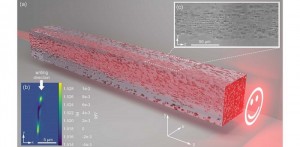
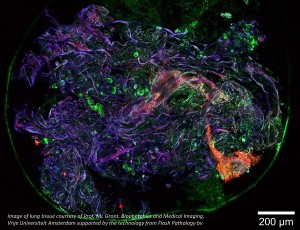

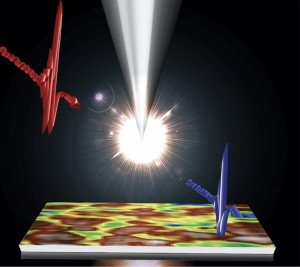







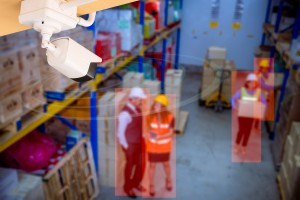







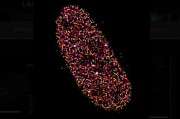



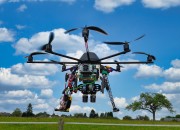
 Back to Features
Back to Features